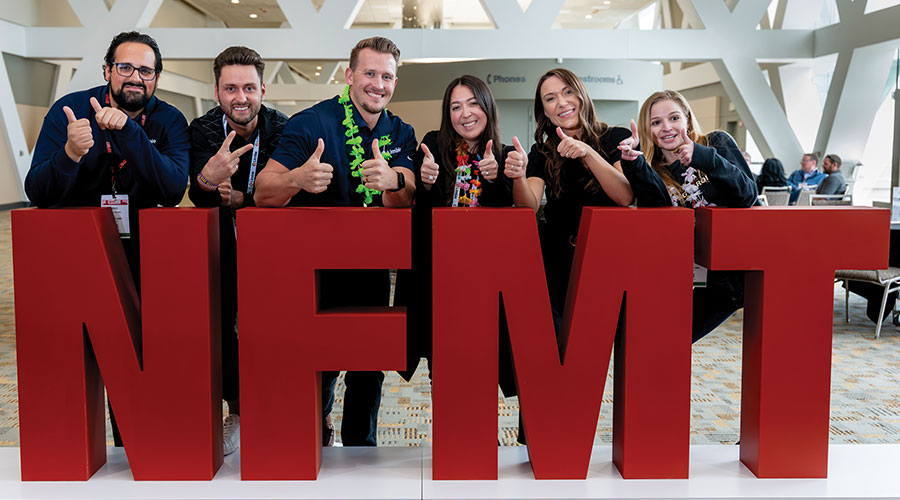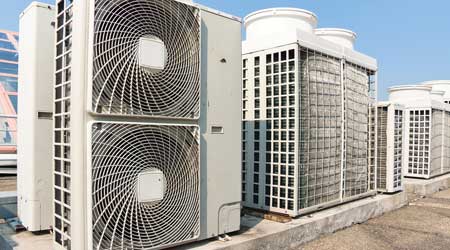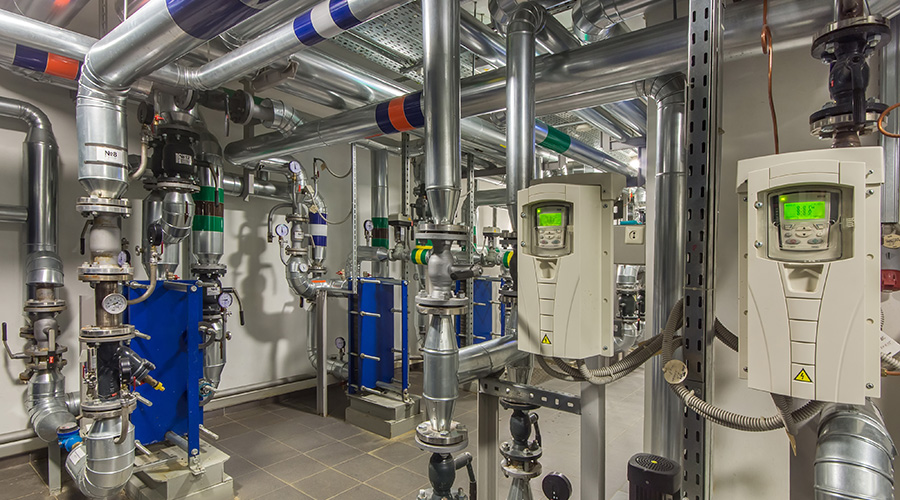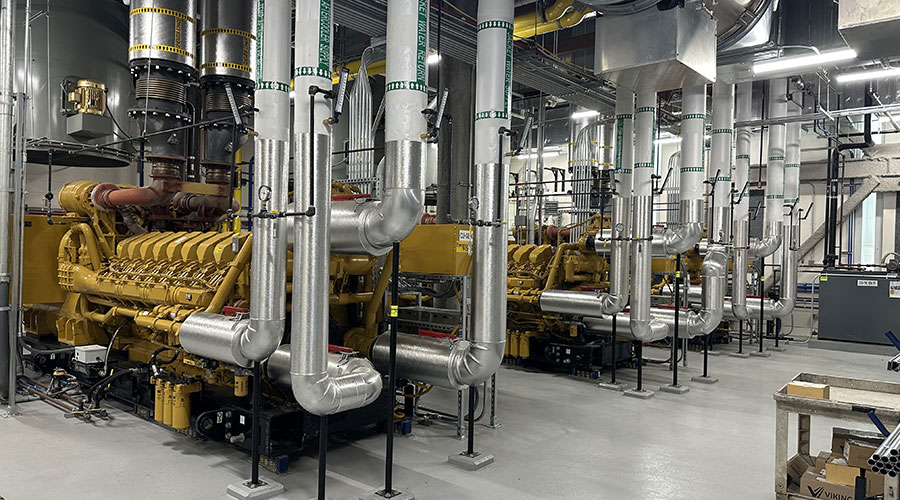Case Study: NYC Trading Floor Chooses VRF
With a heat recovery VRF system using cooling-only mode, the Manhattan firm met its goal of being able to provide on-demand cooling after hours and supplemental cooling during the day.
One Manhattan trading firm employed a VRF system when they moved into three-quarters of a floor in a high-rise office building. Their chief goal was to be able to provide on-demand cooling after hours as well as supplemental cooling during normal business hours. It had already been determined that base building VAVs alone were unable to provide sufficient cooling.
The firm chose a heat recovery VRF system utilizing cooling-only mode, with a heating mode temporarily disabled to allow for potential future expansion and use. This was the ideal option due to the minimal ceiling space available.
A 20-ton condensing unit was specified to meet the needs of the single, 11,000-square-foot trading floor. Located inside a small building mechanical room, the VRF system also connects to a base building condenser water system for heat rejection. Nine ducted VRF evaporator units are spread out across the trading floor to augment perimeter induction units that provide ventilation as well as the base building medium pressure loop.
Related Topics:














